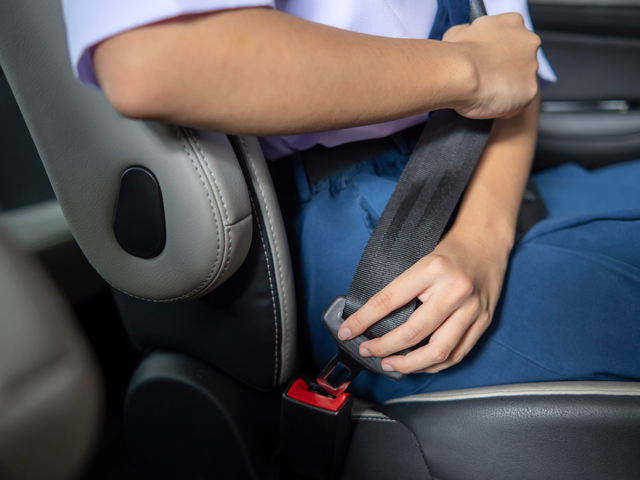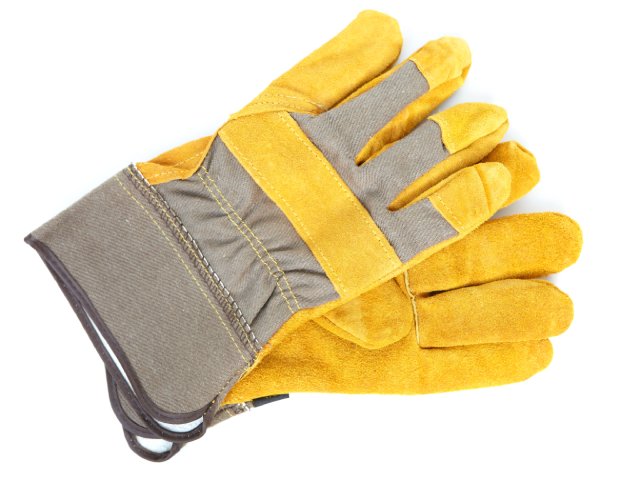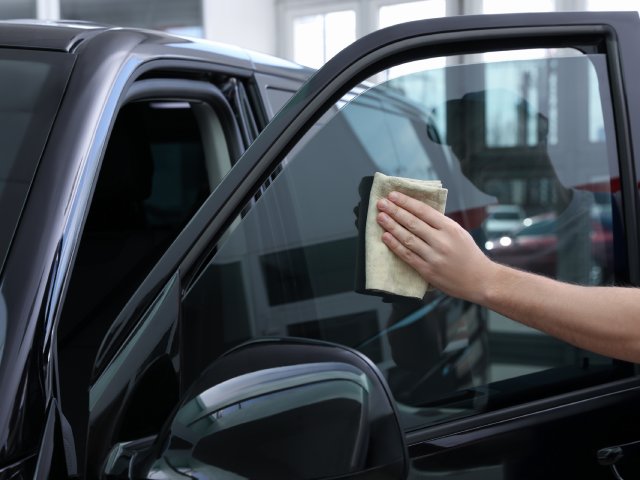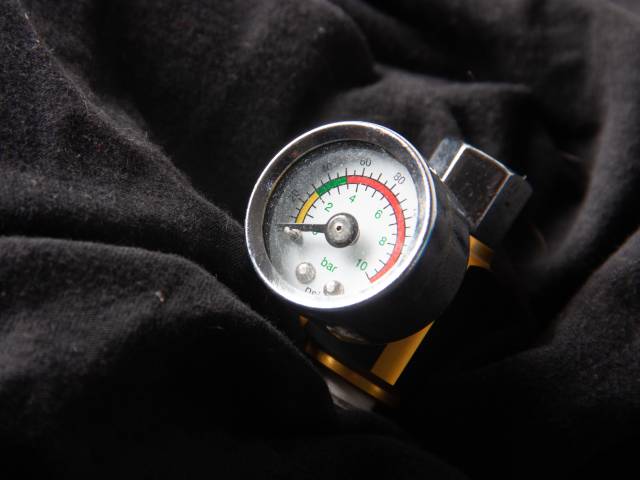

Driving is a fundamental part of life, but have you stopped to think about the complex safety measures that protect you on the road? For those who drive every day, understanding how automotive companies mitigate hazards can be both fascinating and informative.
By delving into how vehicle manufacturers keep people safe, from innovative technologies to rigorous testing protocols, you can ensure your daily commute is hazard-free.
Crash testing is an essential procedure that all vehicles undergo before hitting the market. There are several types of crash tests, including frontal impact, side impact, and rollover tests.
Each test simulates different types of collisions to evaluate how well a vehicle can protect its occupants. Besides controlled crash tests, manufacturers also use computer simulations to predict a vehicle’s behavior in various scenarios, allowing for extensive testing without destroying multiple physical car units, thereby saving time and resources.
One of the most significant advancements in vehicle safety is the development of advanced driver-assistance systems (ADAS). Adaptive cruise control (ACC) is an ADAS feature that automatically adjusts your car’s speed to maintain a safe distance from the vehicle ahead.
Lane-keeping assist (LKA) helps prevent unintentional lane departures by gently steering the car back into its lane. This is particularly useful on highways and long road trips, where driver fatigue can lead to dangerous mistakes. Finally, automatic emergency braking (AEB) can detect an imminent collision and apply the brakes if the driver fails to react in time.
While sophisticated technologies are indispensable, traditional safety features like seat belts and airbags continue to play a crucial role in protecting passengers. Modern seat belts are equipped with pre-tensioners and load limiters, which tighten the belt upon impact and then slightly release it to reduce the force on the occupant, minimizing injury.
Today’s vehicles come with multiple airbags positioned strategically around the cabin, including front, side, and curtain airbags. The effectiveness of seat belts and airbags is amplified when they work in tandem.
A vehicle’s materials and structural integrity play a vital role in its overall safety. This is especially apparent when looking at how a modern windshield is manufactured.
Today’s cars are built using high-strength steel and aluminum, which offer excellent durability without adding excessive weight. Located at the front and rear of the vehicle, crumple zones prevent the force of the collision from reaching the passenger cabin, thereby safeguarding occupants.
Avoiding hazards on the road is a multifaceted endeavor that involves advanced technologies and rigorous testing. For car enthusiasts and automotive professionals, staying informed about these developments is not only fascinating but essential.
No matter what approach they take, learning about how vehicle manufacturers keep people safe is key to avoiding accidents. Remember, every effort counts in making our roads safer.
24World Media does not take any responsibility of the information you see on this page. The content this page contains is from independent third-party content provider. If you have any concerns regarding the content, please free to write us here: contact@24worldmedia.com

Common Home Repair Tools To Have Available

Bathroom Essentials for New Commercial Restrooms

Strategies To Increase Sustainability on Your Farm

Top Machines Every Pharmaceutical Facility Should Invest In

How To Choose the Most Appropriate Work Gloves

Why You Need To Improve Drainage on Your Property

Essential Tips To Shield Your Car Windows From Damage

Warehouse Optimization Tips To Improve Performance

How High-Humidity Climates Affect Pressure Gauges

How Is Global Health Improving Year After Year